
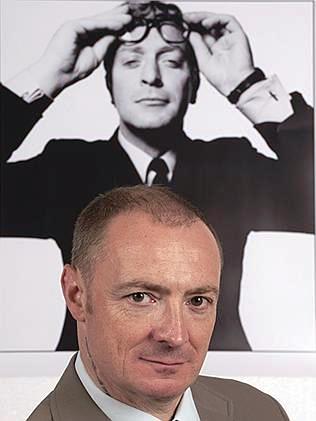 Warning: Some non-rock 'n' roll content ahead with lots of laddish, British crime and action 1960s films relevance.
Warning: Some non-rock 'n' roll content ahead with lots of laddish, British crime and action 1960s films relevance.
"Blow the Bloody Doors Off" is a triumph of ingenuity, intelligence, organisation, talent and sheer bloody guts.
Once or twice I reflect how damn lucky Adelaide is. "Blow the Bloody Doors" off isn’t touring the rest of Australia, though it should, and soon.
Its star is Terry Edwards (pictured right) with guests including Zephyr Quartet, Seamus Beaghen, Rosie Westbrook, James Johnston, Trevor Nichols … you get the picture. It’s an all-star cast.
- Details
- By Robert Brokenmouth
- Hits: 7015
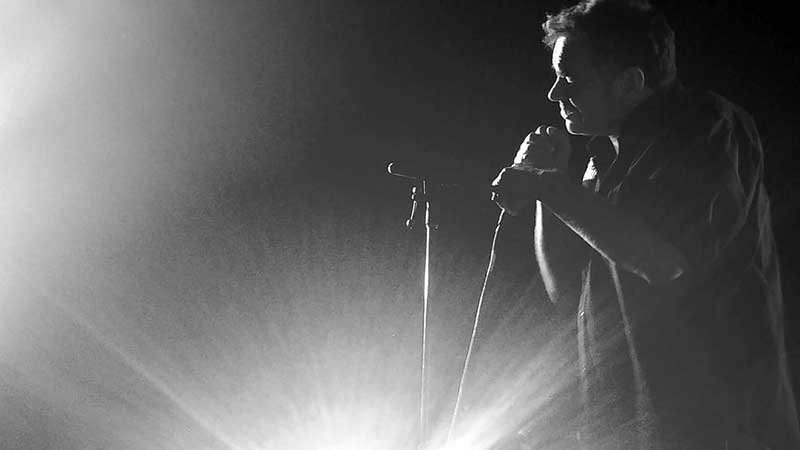 Tom Way Army photo
Tom Way Army photo
Supports Simon Barker and Brian Ritchie were on first. Barker had me enthralled, utilising his kit like it was a series of implements to make specific sounds. The musical pieces he and Ritchie made were enthralling. Ritchie (the, er, violent femmes among you may recognise the name) played a succession of rather out-sized flutes.
Now, given that we were in the Freemason's Hall, a very macho, secretive kinda place, and that Ritchie was wearing a sort of rubber cape (with a zip), what looked like Indian love beads and wielded those protuberent, suggestive flutes... well. And there was a dancer, who worked hard but I didn't really enjoy. I was just transfixed by the music. Beautiful, sometimes crushing ... and rather lewd ... hmmm.
- Details
- By Robert Brokenmouth
- Hits: 6590

Tommy is, of course, that double LP rock opera what the ‘Oo done, back in 1969.
Pete Townsend was a powerhouse of creativity and, since he didn’t own an opera company or a film company, we can say he made a pretty impressive stab at both over the four sides of vinyl back in the day. Streets ahead of the competition by a forward-looking rock band, Tommy rebooted the Who back into the limelight…and you know the rest, I’m sure.
There’s been an opera version, a musical adaptation, a film, and there’s been several reissues, including a Super Deluxe Edition. And now…this…extraordinary, louche, beautiful, moving interpretation of a record which is well and truly in I-94 Bar reader terrain.
- Details
- By Robert Brokenmouth
- Hits: 11044
 Adelaide's Metropolitan Hotel is on the corner opposite Her Majesty’s Theatre, a favourite venue of Barry Humphries and host, in a few weeks, to Leo Sayer. The difference in capacity between these two venues is significant.
Adelaide's Metropolitan Hotel is on the corner opposite Her Majesty’s Theatre, a favourite venue of Barry Humphries and host, in a few weeks, to Leo Sayer. The difference in capacity between these two venues is significant.
Touring Norwegian-via-New York musician Mark Steiner's guitarist, Henry Hugo, made the comment that for all the millions of flowers, only a few are seen.
I might add that certainly, as we get older, we tend to flock to the art which made us happy in our youth, and that we tend not to examine the new as rigorously or with such delighted determination as we did all those years ago.
- Details
- By Robert Brokenmouth
- Hits: 7017
 Riding to Newcastle to catch the first show of Radio Birdman tour is the obvious choice. Didn’t quite seem like it, trying to get outa Sydney on a Friday arvo. I took a quick spurt up the footpath a few times to relieve the tension. Then we hit the freeway and Jenny gave me that tap on the left hip that means ‘slow down’ but I was doing 90mph through one of the tighter curves and slowing down wasn’t the point. Nor possible. Can’t brake a motorcycle unless it’s reasonably upright.
Riding to Newcastle to catch the first show of Radio Birdman tour is the obvious choice. Didn’t quite seem like it, trying to get outa Sydney on a Friday arvo. I took a quick spurt up the footpath a few times to relieve the tension. Then we hit the freeway and Jenny gave me that tap on the left hip that means ‘slow down’ but I was doing 90mph through one of the tighter curves and slowing down wasn’t the point. Nor possible. Can’t brake a motorcycle unless it’s reasonably upright.
1982, the first time I really heard Radio Birdman was the 1976 2JJ show at midnight on a Monday. Used to be a lot of good movies on late back then, ‘Vanishing Point’, ‘Bonnie and Clyde’, ‘Five Easy Pieces.’ One night I walked into my little bedroom at the back of the house, flicked on the radio and my life changed.
Every friend and lover, every beautiful terrible moment, it all started then. It’s been one hell of a ride and the road rolls ever on.
- Details
- By Earl O'Neill
- Hits: 7737
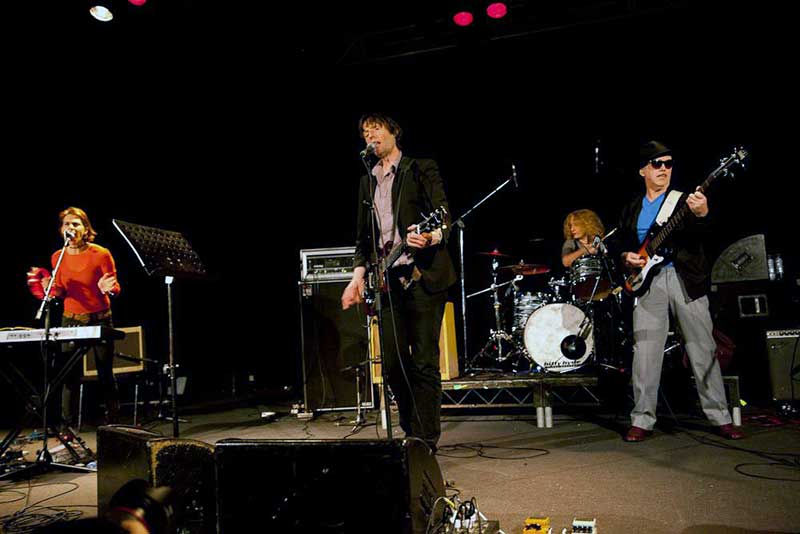
Harry Howard and The NDE at The Facory Floor. Lyndal Irons photo
Many years ago when Sydney was full of thriving, original music venues, Friday night for me was always a combination of either playing gigs or checking out new bands.
There was never a shortage. I grabbed my copy of "On the Street" on the Wednesday, eased into my chair and sat there with my red pen. After reading the odd review, I would scrawl and circle names of bands to see in the “What’s On.”
Every now then I would get to the Lansdowne, Evening Star, Hopetoun and many others and be happy with just finding a new band. Well, times change. Nothing remains the same. Seeing a new band is a rare night out these days.
- Details
- By Edwin Garland
- Hits: 8260
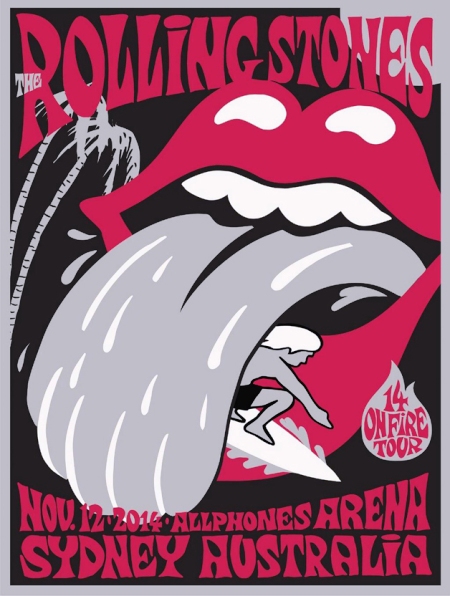 Hard to pick when I first heard the Stones. They've always been around, the songs, like a family member, those classic ‘60s hits: “Ruby Tuesday”, “Paint it Black”, “Get Off My Cloud”, “Mother’s Little Helper” and so on.
Hard to pick when I first heard the Stones. They've always been around, the songs, like a family member, those classic ‘60s hits: “Ruby Tuesday”, “Paint it Black”, “Get Off My Cloud”, “Mother’s Little Helper” and so on.
I knew heaps of Stones songs growing up. “Get your Ya Yas” out was popular at parties in Brisbane in the ‘70s. Flogged, it was. “Midnight Rambler” goes right alongside some drunken maniacs lurching around in a Brisbane backyard dancing the Pre Vomit Shake.
"You heard about the Boston" THUMP !
- Details
- By Ashley Thomson
- Hits: 7723
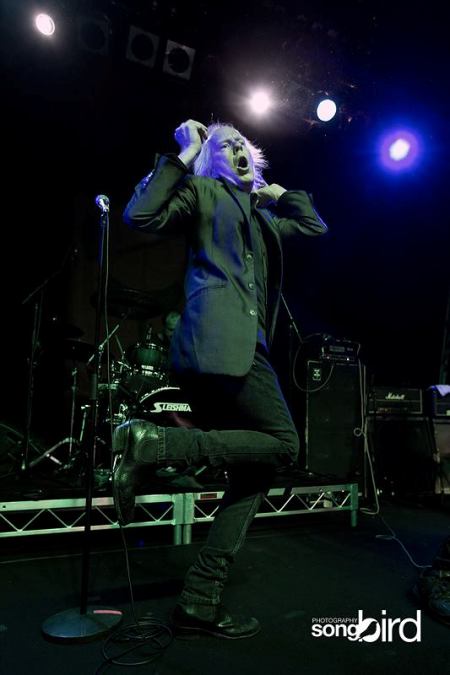
- Details
- By Robert Brokenmouth
- Hits: 13374
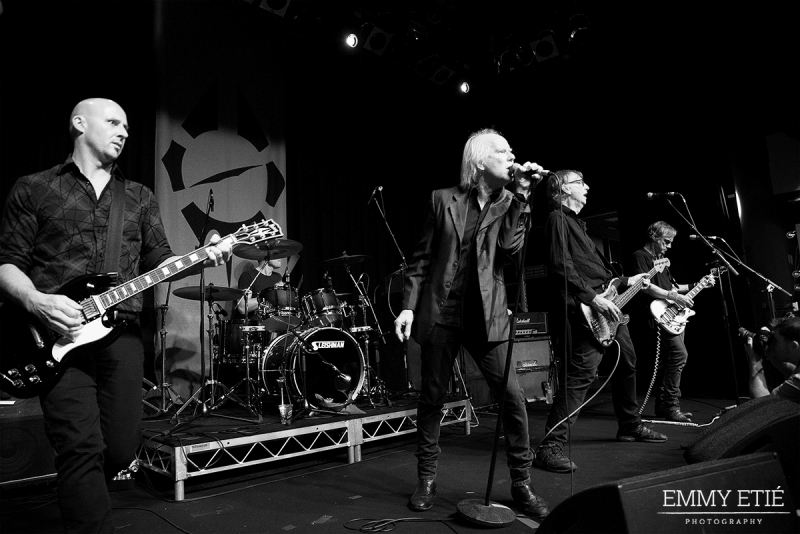 Emmy Etie photo
Emmy Etie photo
The Corner Hotel in Melbourne oozes rock, and the idea of being part of Radio Birdman, HITS and Penny Ikinger shows over two nights was worth the flight from Sydney to Rock Mecca.
I choose to be in Sydney for the Rowland S Howard tribute show Pop Crimes on the Saturday before so I missed Birdman’s Manning Bar gig.
Sitting at the airport, fuelling my thirst of adventure and drinking my Coopers while reading social media, I noticed that my Facebook feed was inflamed with reports on how well Birdman played the night before in Brisbane. Comment was made that it was so powerful and melodic.
- Details
- By Edwin Garland
- Hits: 10609
More Articles …
Subcategories
Behind the fridge
Artifacts and reviews from days gone by.
Page 163 of 182

